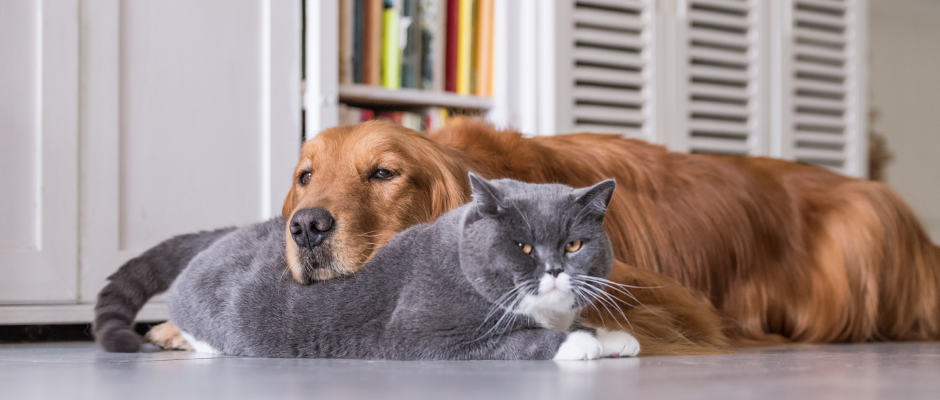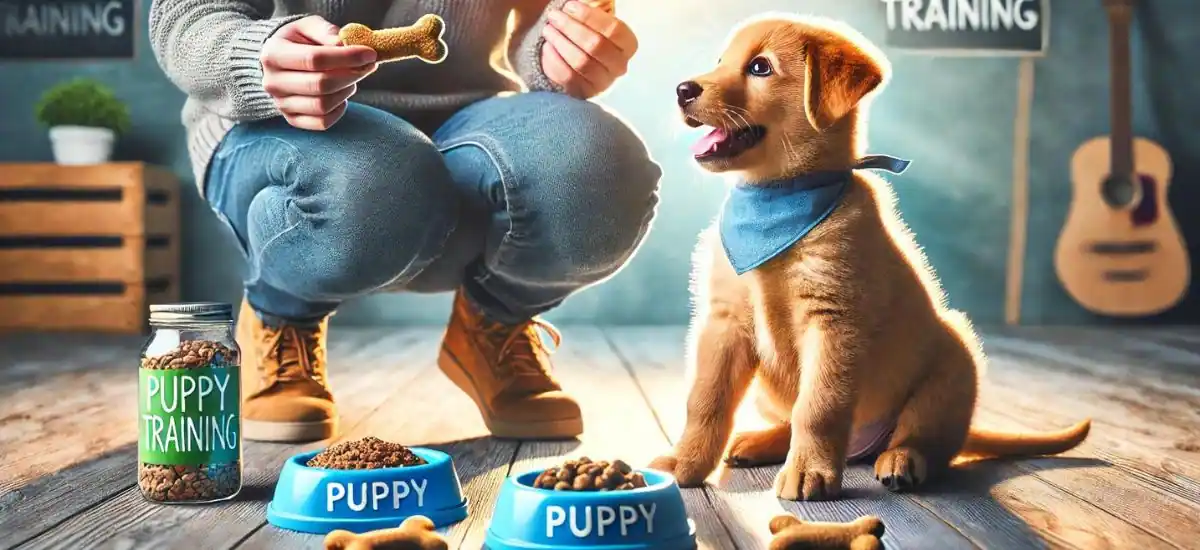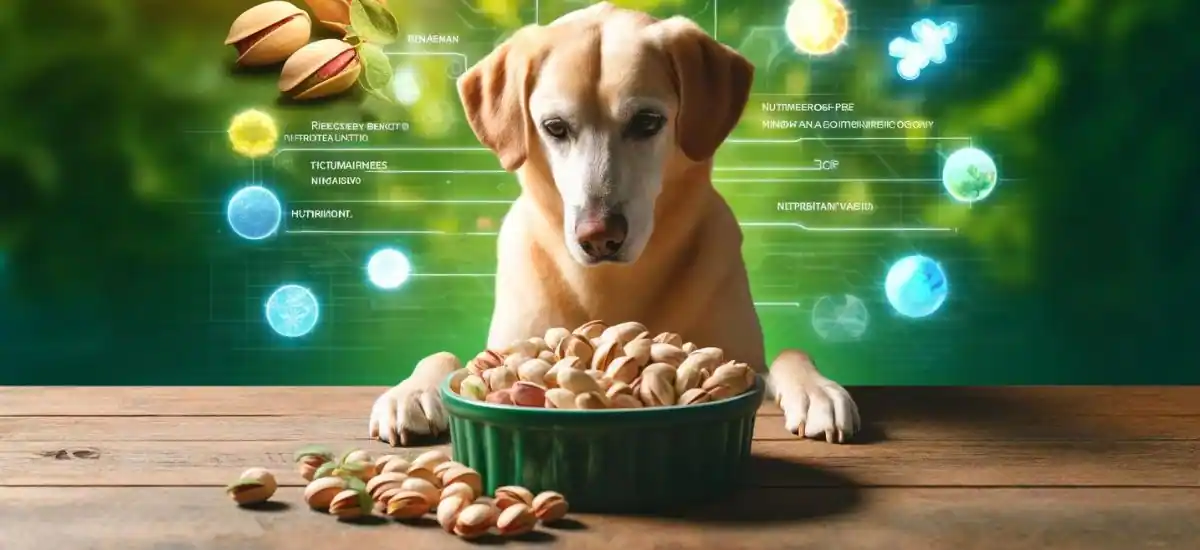Starting the journey of puppy training is an exciting venture that lays the foundation for a lifelong friendship between you and your new furry companion. It’s about much more than teaching basic commands; it’s about nurturing a bond and understanding that will lead to a harmonious life together. This guide will walk you through the essential aspects of puppy training, ensuring your puppy grows up to be a well-adjusted and obedient friend.
Understanding Puppy Behavior
Exploring the Whys of Puppy Actions
Puppies are a bundle of energy and curiosity, always on the prowl for something new and exciting. Here’s a closer look at what drives their behavior:
- Natural Curiosity: Puppies learn about their environment primarily through their senses. They sniff, lick, and chew objects to understand the world around them. This exploratory behavior is normal but can sometimes lead to less desirable actions like chewing on furniture.
- Developmental Stages: Recognizing the stages of puppy development can significantly enhance your training efforts. For instance, during the first few months, puppies are particularly impressionable. This period is crucial for setting the groundwork for basic training and socialization.
Key Puppy Behaviors to Watch
- Playfulness: Engaging in playful activities is crucial for their physical and mental development. However, it’s important to guide this playfulness properly to avoid developing aggressive play habits.
- Fear Periods: Puppies experience periods when they are more susceptible to fear. These phases are critical for socialization; introducing your puppy to new experiences during these times should be done carefully and positively.
Preparing for Puppy Training
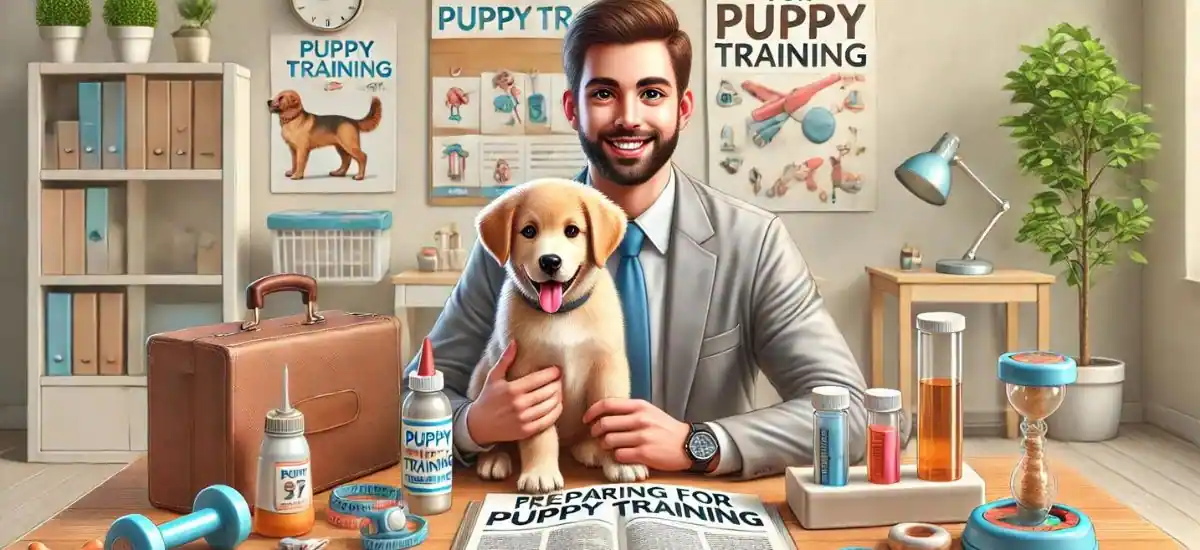
Gathering the Essentials
Before diving into training, having the right tools can make all the difference. Here’s what you’ll need:
- Treats: Choose soft, appealing treats that your puppy can eat quickly. These will serve as positive reinforcements during training sessions.
- Leash and Collar: A comfortable collar and a sturdy leash are crucial for safe walks and outdoor training.
- Crate: A crate provides a secure environment for your puppy to retreat to after a busy day of learning and playing. It also plays a pivotal role in house training.
Setting Up a Conducive Training Environment
- Dedicate a Training Space: Create a designated area in your home where training sessions will occur. This should be a quiet place with minimal distractions to help your puppy focus.
- Routine is Crucial: Establish and stick to a daily routine to help your puppy understand what to expect each day. This consistency is comforting and establishes a pattern that makes training more effective.
Basic Training Commands
Foundational Commands Every Puppy Should Know
Training your puppy with basic commands is not just about obedience—it’s about communication and safety. Let’s break down the essential commands:
- Sit: This is often the first command taught. It helps establish your leadership and is useful in many situations.
- Stay: Vital for maintaining control and keeping your puppy safe, especially in potentially dangerous environments.
- Come: Possibly the most crucial for safety, this command can prevent your puppy from getting into harmful situations.
- Heel: Teaches your puppy to walk beside you without pulling on the leash, essential for enjoyable walks.
Tips for Successful Command Training
- Consistency is Key: Use the same words and actions each time to help your puppy learn faster.
- Short Sessions: Puppies have short attention spans. Keep training sessions brief but frequent to maintain their interest.
- Positive Reinforcement: Always use positive reinforcement like praise or treats to encourage good behavior.
House Training Your Puppy
Strategies for Effective House Training
House training is one of the most important aspects of bringing a new puppy into your home. Here’s how to make it a success:
- Establish a Routine: Take your puppy outside at regular intervals, especially after eating, drinking, or waking from a nap.
- Choose a Specific Spot: Direct your puppy to the same spot each time. This helps them associate that area with going to the bathroom.
- Praise and Reward: Immediately after your puppy goes to the bathroom in the correct spot, offer praise and a treat.
Common Challenges and Solutions
- Accidents Inside: If your puppy has an accident, clean it thoroughly to remove the scent and avoid reinforcing the behavior.
- Nighttime Training: Be prepared for nightly trips outside initially. Gradually, your puppy will be able to hold it longer through the night.
Socialization Techniques
The Importance of Socializing Your Puppy
Socialization involves exposing your puppy to a variety of people, animals, environments, and experiences during their formative weeks. Proper socialization can prevent behavioral problems later on and helps your puppy become a well-adjusted adult dog.
How to Socialize Safely and Effectively
- Controlled Exposures: Begin with short, controlled exposures to new stimuli. Always ensure these experiences are positive.
- Socialization Classes: Consider enrolling your puppy in socialization classes where they can interact with other puppies and people in a safe environment.
Handling Overwhelm and Fear
- Watch for Signs of Stress: If your puppy seems overwhelmed, give them a break and try a less intense exposure next time.
- Positive Associations: Pair new experiences with positive things like treats or play to build good associations.
Dealing with Common Behavioral Issues
Understanding and Addressing Chewing, Biting, and Barking
Puppies often chew, bite, and bark as part of their natural development, but these behaviors can become problematic if not addressed early.
- Chewing: Puppies chew to explore and relieve teething discomfort. Provide plenty of appropriate chew toys and discourage chewing on household items.
- Redirection: If your puppy starts chewing on something inappropriate, calmly redirect them to a chew toy.
- Puppy-Proofing: Keep tempting items like shoes and cords out of reach.
- Biting: Play biting is common, but it’s important to teach your puppy that biting humans is not acceptable.
- Yelp and Ignore: If your puppy bites too hard, let out a high-pitched yelp and then ignore them for a short period to show that biting ends playtime.
- Consistent Reinforcement: Reward gentle play and discourage rough biting consistently.
- Barking: Excessive barking can be a sign of boredom, anxiety, or territorial behavior.
- Identify the Cause: Determine what triggers the barking and address the root cause, whether it’s lack of exercise, fear, or a need for more social interaction.
- Teach the “Quiet” Command: Train your puppy to stop barking on command by saying “quiet” and rewarding silence with a treat.
Advanced Training Techniques
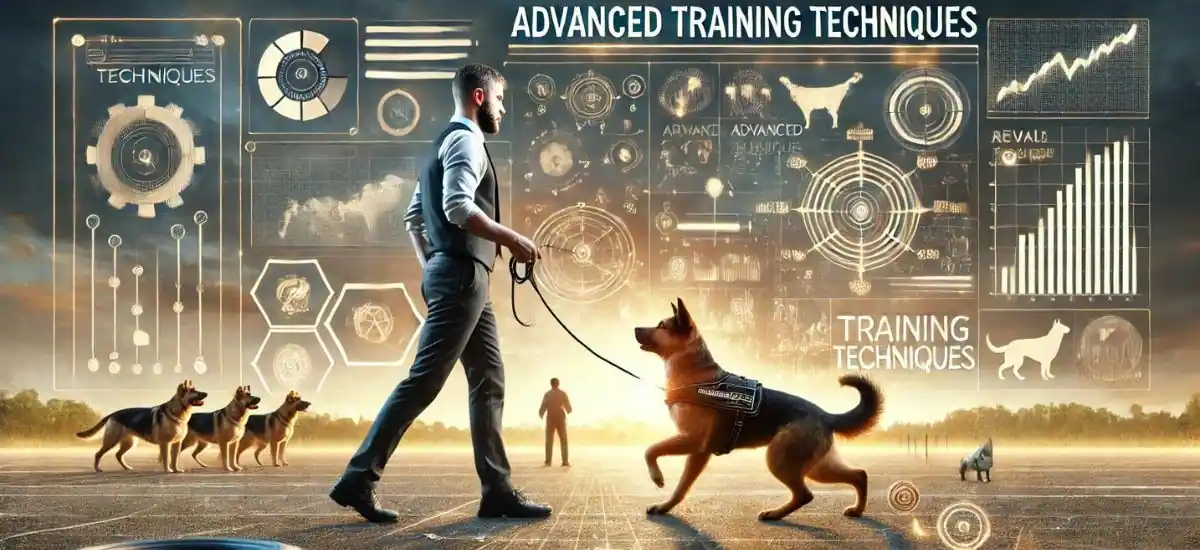
Moving Beyond the Basics
Once your puppy has mastered the basic commands, you can start introducing more advanced training techniques.
- Advanced Commands: Teach commands like “leave it,” “drop it,” and “wait” to enhance your puppy’s obedience and safety.
- Leave It: Use treats to train your puppy to leave a tempting object alone. Start by holding a treat in your hand, saying “leave it,” and rewarding them when they don’t try to take it.
- Drop It: Encourage your puppy to release objects from their mouth on command. Practice during playtime with toys and treats.
- Trick Training: Fun tricks like “roll over,” “shake,” and “play dead” can be both entertaining and mentally stimulating for your puppy.
- Positive Reinforcement: Use treats and praise to teach each trick step-by-step, keeping training sessions short and fun.
Starting Agility Training
Agility training can be a great way to provide physical exercise and mental stimulation.
- Basic Agility Exercises: Start with simple obstacles like tunnels, jumps, and weave poles. Use treats and toys to guide your puppy through each obstacle.
- Building Confidence: Gradually increase the difficulty as your puppy becomes more confident and skilled.
Health Considerations in Puppy Training
The Role of Health and Nutrition
Your puppy’s health directly impacts their ability to learn and behave well.
- Balanced Diet: Ensure your puppy is getting a balanced diet tailored to their age and breed. Proper nutrition supports energy levels and cognitive function.
- Regular Veterinary Check-ups: Regular visits to the vet are crucial to monitor your puppy’s health and address any issues that could affect their training.
Recognizing Signs of Stress and Fatigue
Training should be a positive experience. Be mindful of your puppy’s limits to avoid overtraining.
- Signs of Stress: Watch for signs like excessive panting, yawning, or hiding, which can indicate that your puppy is stressed or overwhelmed.
- Scheduled Breaks: Incorporate regular breaks into training sessions to give your puppy time to rest and recharge.
Resources and Support
Finding the Right Training Classes and Professional Trainers
Sometimes, seeking professional help can make a big difference in your puppy’s training journey.
- Local Training Classes: Look for puppy training classes in your area. These classes provide structured learning environments and socialization opportunities.
- Research and Reviews: Check online reviews and ask for recommendations from other pet owners to find reputable classes.
- Professional Trainers: If your puppy has specific behavioral issues, a professional trainer can offer personalized guidance.
- Certification Matters: Ensure the trainer is certified and uses positive reinforcement techniques.
Books and Online Resources
There is a wealth of information available to help you train your puppy effectively.
- Recommended Books: Consider reading books by reputable authors in the field of dog training.
- Popular Titles: “The Art of Raising a Puppy” by the Monks of New Skete and “Don’t Shoot the Dog” by Karen Pryor are excellent resources.
- Online Communities: Join forums and social media groups dedicated to puppy training. These communities can provide support, advice, and shared experiences from other puppy owners.
- Websites and Blogs: Many websites offer free articles and videos on various training techniques and tips.
Conclusion
Training a puppy is a rewarding journey filled with challenges and triumphs. Remember, consistency, patience, and positive reinforcement are key to raising a well-behaved and happy dog. By following the steps outlined in this guide and utilizing available resources, you’ll be well on your way to building a strong, loving bond with your furry friend.

